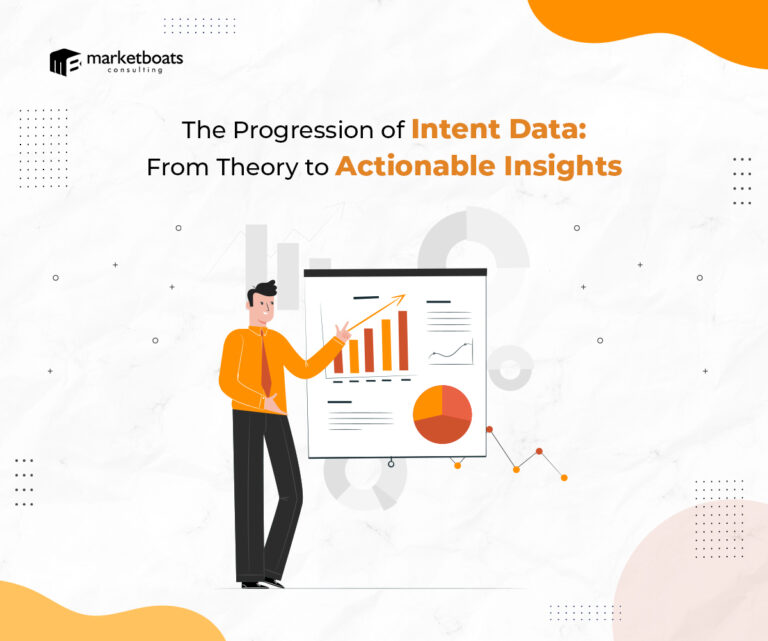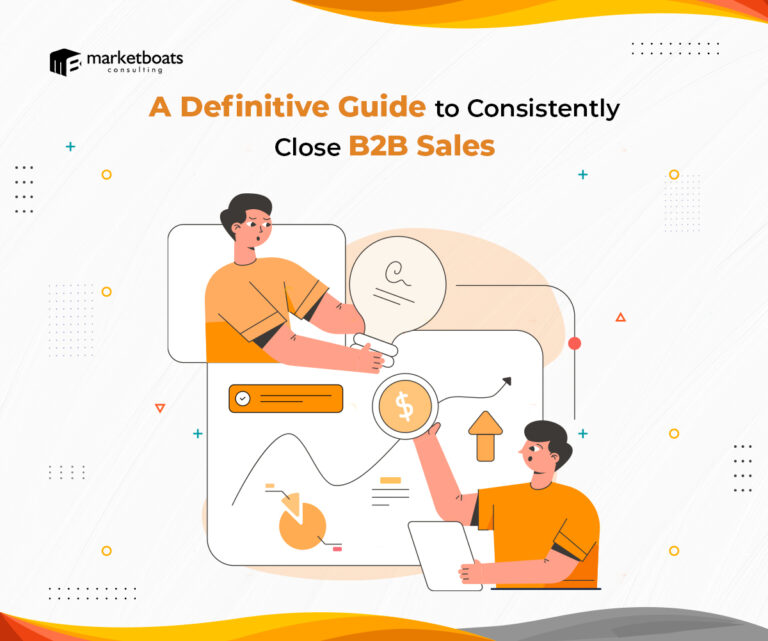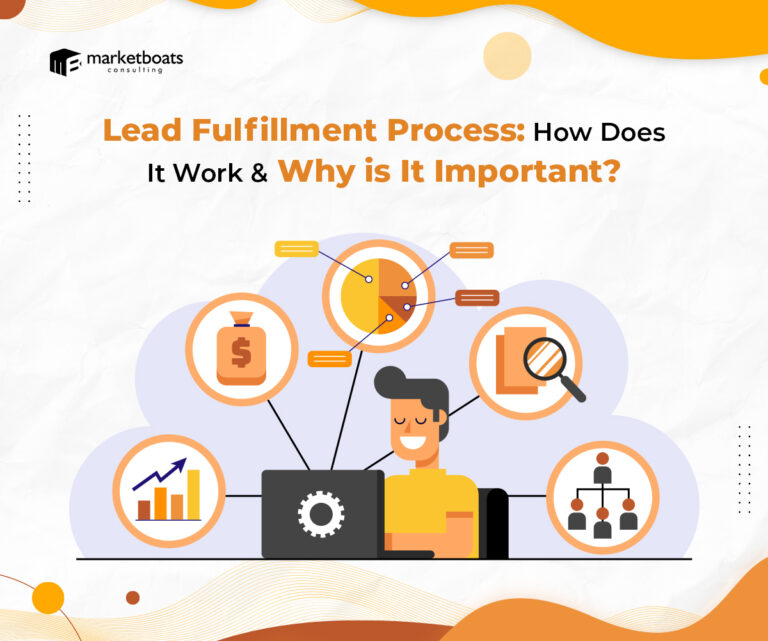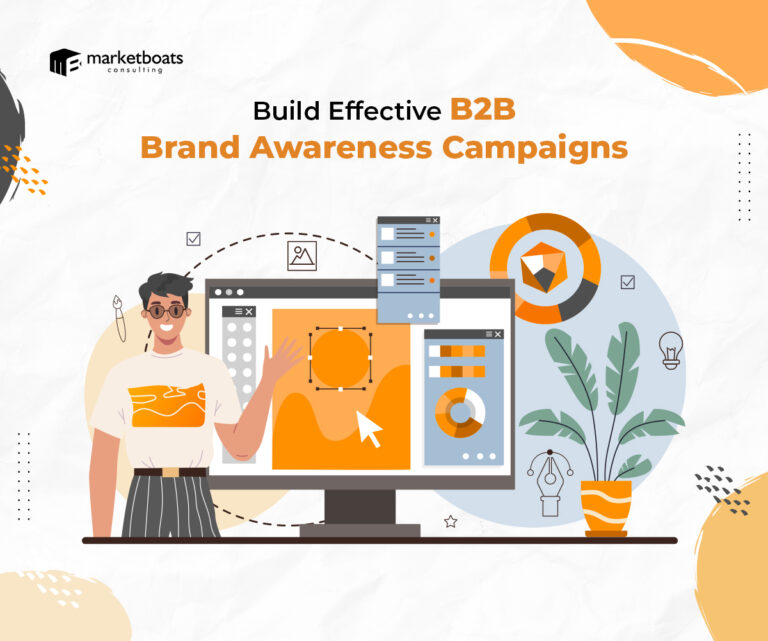Market segmentation plays a key role in driving customer and sales success. This blog delves deep into its core principles, risks, opportunities, and benefits.
What is Segmentation?
Market segmentation divides your prospects or customers into categories based on demographic characteristics, level of interest, and several other factors. The goal is to develop a differentiated offering for each segment to meet the target audience’s needs.
Why must Sellers focus on Segmentation?
By breaking down audiences into segments, you can determine which ones are the most interested and target them for higher conversions.
In doing this, you can:
Reduce Costs
By targeting the most engaged customer segments, you can reduce the overall customer acquisition cost (CAC) and grow your margins.
Increase hit-rate
Effective segmentation strategies allow you to develop compelling offerings for conversions and repeat sales.
Build brand awareness
Segmentation is key to identifying important customer touch points, monitoring campaign performance, and leveraging personalized content to drive loyalty and advocacy.
The Bases of Segmentation
Prospects can be segmented based on two characteristics:
Customer Characteristics
- Geography
Customers are divided according to their location, state, country, and population density.
- Firmographics & Socio-economic Factors
Firmographics categorize prospects based on their industry, location, and company size. On the other hand, socio-economic segmentation looks at social status and purchasing power.
- Psychographic
This relates to the lifestyle and personality aspects of a given audience.
- Customer Sophistication
It measures the target group’s business maturity, which is essential to developing the right positioning strategy.
Response Characteristics
- Benefits sought
This metric gives you a deeper understanding of users’ relative benefits from a product/service.
- Interest level
The frequency of purchase or renewal is an excellent indicator of customer interest and loyalty.
- Brand perception
Customers can be characterized as Loyal, Advocate, or Indifferent based on their usage or interest level. This helps retain high-value customers while nurturing those at risk of churning.
- Occasion
Here, the focus is on analyzing the suitable period (day, week, month, time) when customers are most likely to buy.
What the Segmentation Process looks like
The segmentation process has 4 steps, as outlined below.
Step 1: Define Key Criteria
If you don’t know where to begin, research your market and conduct a SWOT analysis to understand the competition.
Step 2: Analyze the Segments
Next, it’s time to validate your data. The key questions to ask are –
- Do the segments have identifiable and measurable characteristics?
- Are they of a large enough size?
- Is it possible to reach them through digital media?
- Is demand within the segments stable over the long term?
- Do customer needs vary across the different segments, and if so, how much?
Step 3: Design Differentiated Plans
This involves creating dedicated offers, content, and marketing collateral for each segment on your list.
Step 4: Execute & Evaluate
Finally, the audience characteristics are bound to change in a constantly evolving business environment. You can refine the segmentation strategy based on the latest market data.
How does B2B Segmentation differ from B2C?
B2B buyers have some marked differences from B2C ones. Firstly, B2B buying decisions are made by cross-functional groups of 3 to 10 people compared to one B2C buyer.
B2B products and services are also more complex in nature. Customers here may have unique customization requirements and SLAs. And when it comes to being rational, B2B buyers follow a documented process for evaluating products. B2C buyers typically follow their gut.
Another distinguishing factor is the longer sales cycle in B2B, as the teams involved are highly process-driven. The size of the B2B market is also generally smaller and more specialized.
Since each deal is of high value, B2B buyers prefer maintaining long-term associations with suppliers. Luckily for sellers, B2B buyers are less susceptible to changing trends; therefore, their needs don’t vary widely. But it’s essential to keep track of subtle market shifts to stay on top.
Is Segmentation Fool-proof?
The short answer – No.
These factors are critical for any segmentation strategy to be valid or accurate.
Data Availability
Your segmentation strategy will not be quantifiable if there isn’t enough audience data.
Identification of Differentiation Areas
If you have multiple segments, you must differentiate each based on their response to your strategies.
Contact Accessibility
The segments should quickly identify the proper marketing channels to reach them at the right place and time.
Measurability
Effective segmentation requires credible estimates of the size and purchasing power of the target audience.
Audience Shape & Form
Marketers should also consider what percentage of their audience segments are early adopters versus late followers.
The B2B Seller’s Practical Approach to Segmentation
Segmentation may seem like a challenging and mammoth task. But we’re making it easier by sharing 9 key strategies you can follow.
- Group key accounts into one segment
Key accounts are your top 20% buyers who bring in the highest revenue and need the most nurturing. Group them into a segment of their own and tailor their interactions.
- Segment the others
The remaining 80% can be segmented based on characteristics. For example, the bottom 20% of customers often have similar markers. You can segment them into one group based on their lifetime value (CLV).
- Use a combination of bases
Multiple factors like business maturity and company size are equally important. So your segmentation strategy should be based on a suitable combination of bases.
- Identify customer pain points
Industry-based segmentations may be standard practice across B2B. But it’s vital to tap into customer needs to identify new and underserved markets.
- Use market research
Customer needs can vary based on market conditions or business priorities. Running surveys and analyzing responses provides vital clues into the mindsets of B2B decision-makers. These insights can, in turn, inform the segmentation strategy.
- Keep segments understandable & actionable
B2B customers often have competing priorities. In such situations, it’s helpful to supplement needs-based segmentation with behavior to understand decision drivers and make it actionable for everyone across the organization.
- Use cluster analysis to manage segments
Cluster analysis is a statistical technique that helps you identify the key criteria (like price and quality) for segmenting customers. It lets you manage segments, develop relevant offers and increase personalization.
- Design differentiation tactics
It’s important to review your segment allocations to prevent misinterpretation or disruption. This is critical for measuring sales performance throughout the customer journey.
- Implement and evaluate
The final step is actioning the segmentation strategy and monitoring results in real-time. Educating the sales team on the rationale for your segmentation is essential for deal closure.
Summing it up
Effective segmentation is a multidisciplinary and ongoing effort. However, if done the right way, it can have a huge payoff on the bottom line.
If you’re unsure of the right segmentation approach for your business, Marketboats will do it for you. Get in touch now.





